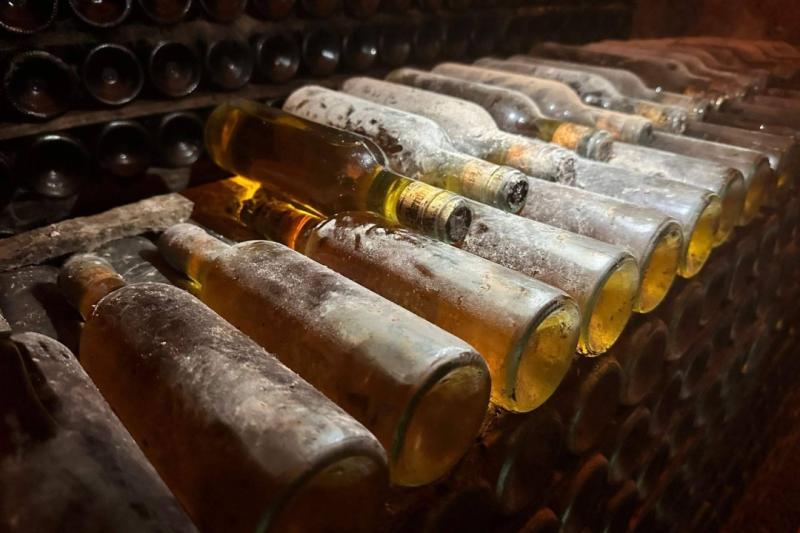Beyond simplistic notions of a single ideal, the art and science of proper wine preservation delve into a multifaceted interplay of environmental factors, with thermal stability emerging as the paramount consideration for safeguarding the integrity and evolutionary potential of each bottle.
For decades, the adage of 14 degrees Celsius (57 degrees Fahrenheit) as the absolute optimal storage temperature has permeated wine discourse, yet this pervasive myth often overlooks the critical nuances that truly dictate a wine’s longevity and character development within its cellar environment.
While a narrower range of 54 to 57 degrees Fahrenheit is frequently cited as ideal, contemporary enological wisdom emphasizes that wines can mature gracefully within a broader spectrum of 54 to 68 degrees Fahrenheit, provided the temperature remains consistently stable, as abrupt fluctuations pose a far greater threat to a wine’s delicate balance than a slightly elevated, yet constant, warmth.
Crucial elements extending beyond the thermometer significantly impact wine preservation, including the imperative absence of direct light, which can prematurely age and diminish quality; the elimination of vibrations that disrupt sediment and chemical equilibrium; and the maintenance of relative humidity above 70% to prevent cork shrinkage and oxidation, while strong odors must also be meticulously avoided to prevent taint.
Intriguingly, maintaining a constant temperature, even above 60 degrees Fahrenheit, can permit safe wine maturation, albeit at an accelerated pace, which may be advantageous for wines intended for earlier consumption, whereas cooler temperatures around 46 degrees Fahrenheit effectively decelerate the aging process, a distinct benefit for connoisseurs aiming for long-term cellaring, often necessitating professional wine cabinets or naturally stable underground cellars.
Furthermore, certain wine varietals and compositions demand more specific storage protocols; for instance, delicate white wines and those with lower sulphite content exhibit heightened sensitivity, ideally necessitating placement in the coolest sections of a cellar and strictly avoiding temperatures exceeding 54 to 56 degrees Fahrenheit to ensure their intrinsic qualities are retained.
Recognizing that wine storage transcends mere technical parameters to embody a rich cultural practice, specialized wine tourism experiences, such as those curated by Wine Tours From Madrid, seamlessly integrate an educational dimension into their itineraries, offering participants an immersive opportunity to witness firsthand how meticulous storage practices directly contribute to a wine’s enduring quality and authentic expression.
These unique excursions grant unparalleled access to historic wineries in esteemed regions like Ribera del Duero, La Rioja, and La Mancha, where visitors can intimately observe generations-old traditions of wine preservation and participate in tastings designed to illuminate the tangible effects of diverse storage conditions on a wine’s sensory profile, encompassing its evolving flavor, nuanced aroma, and refined texture.
Ultimately, understanding the intricate dance of temperature, humidity, light, and stability transforms the act of wine storage from a simple task into a profound act of respect for the product’s natural evolution, empowering enthusiasts to not only appreciate the final pour but also comprehend the journey and dedication required to bring a perfectly preserved bottle to the glass.






Leave a Reply